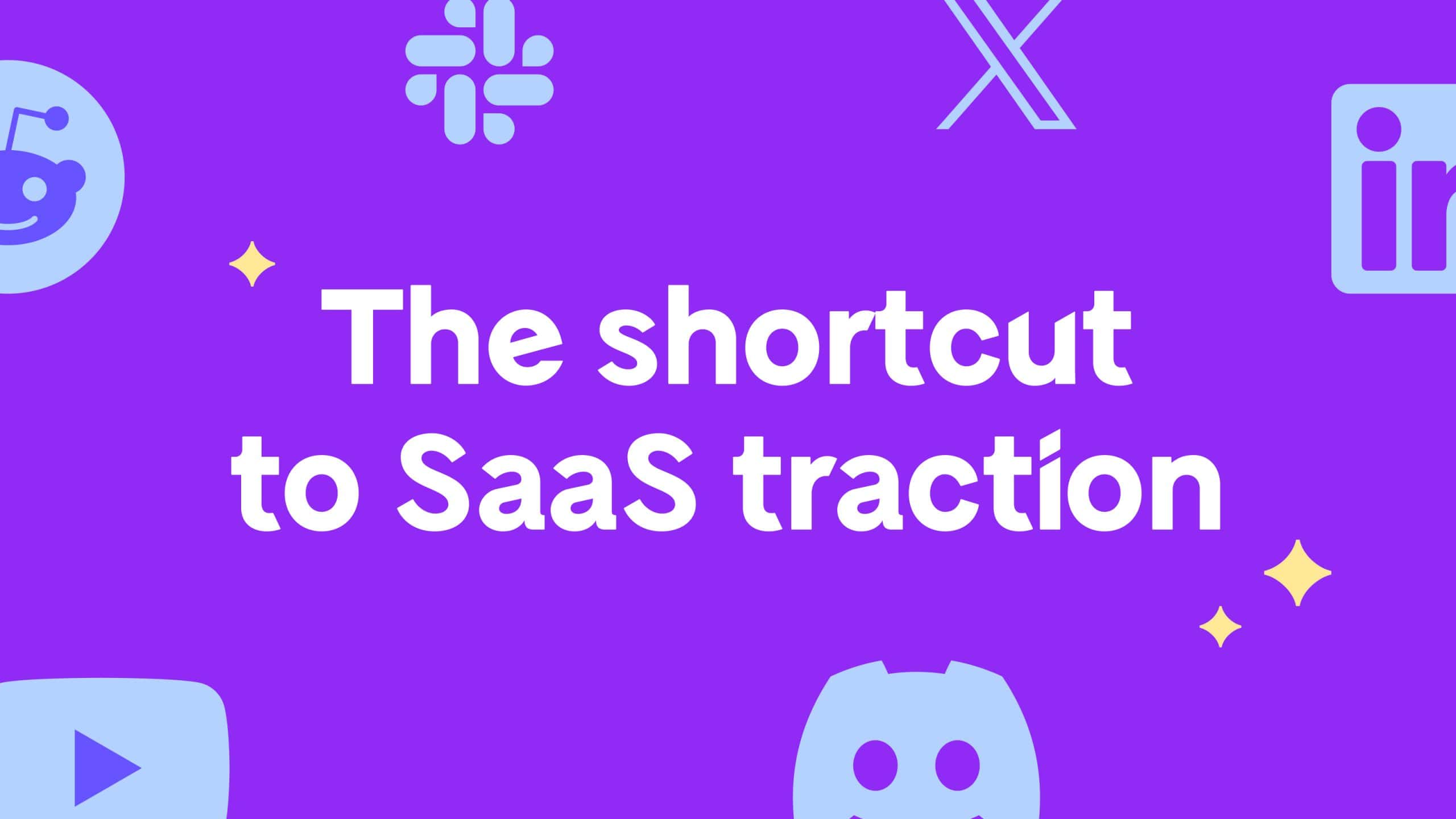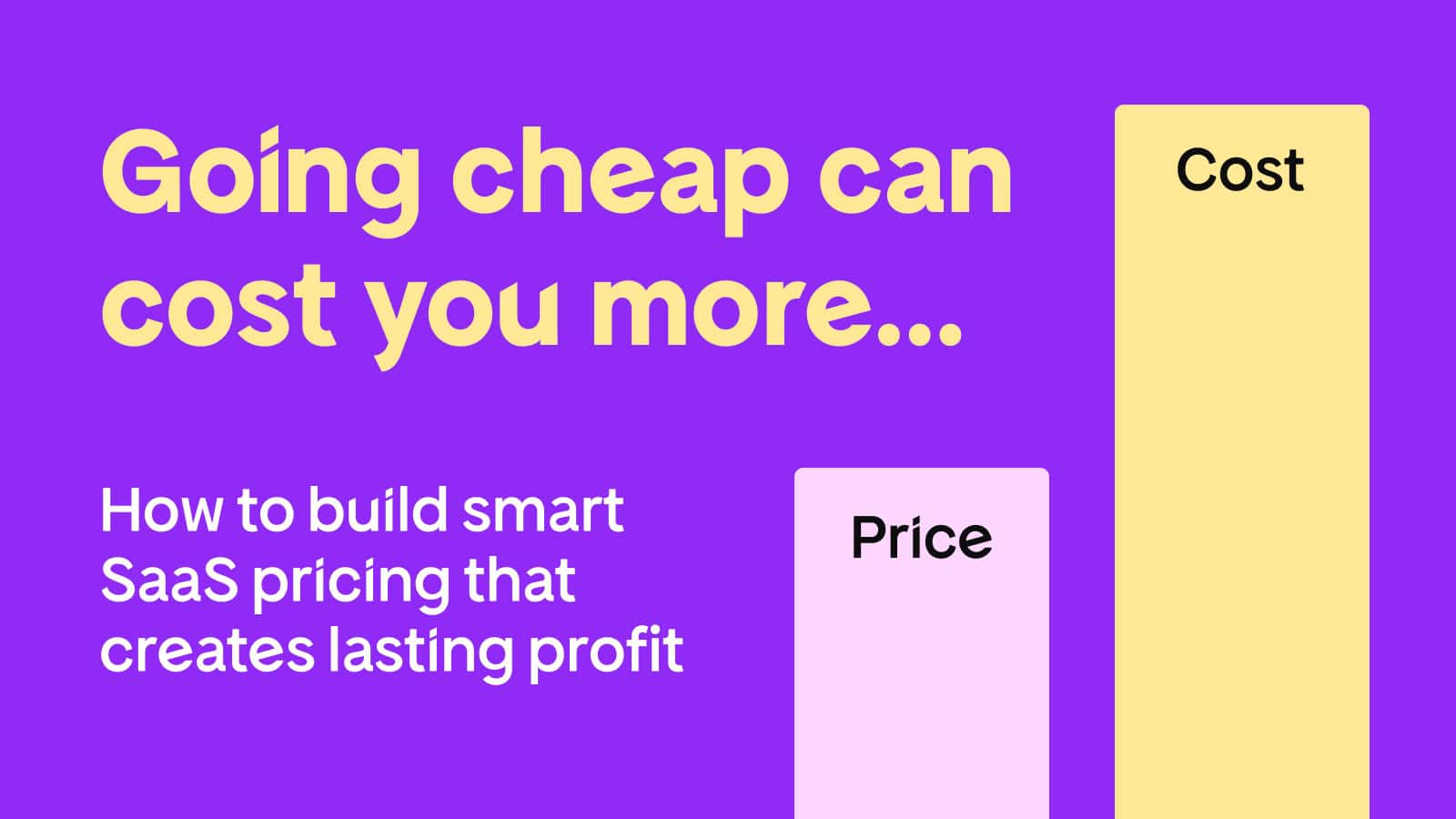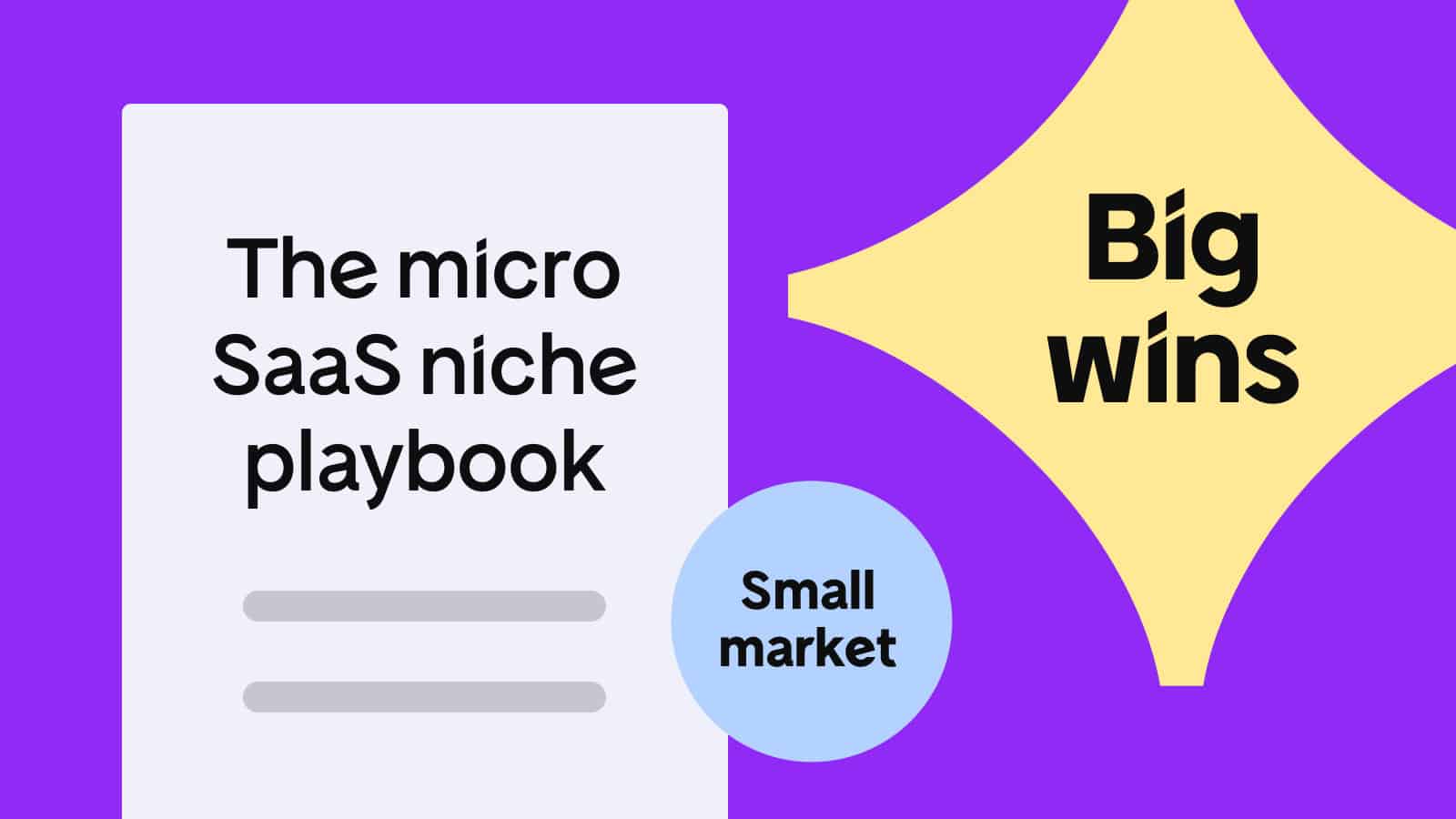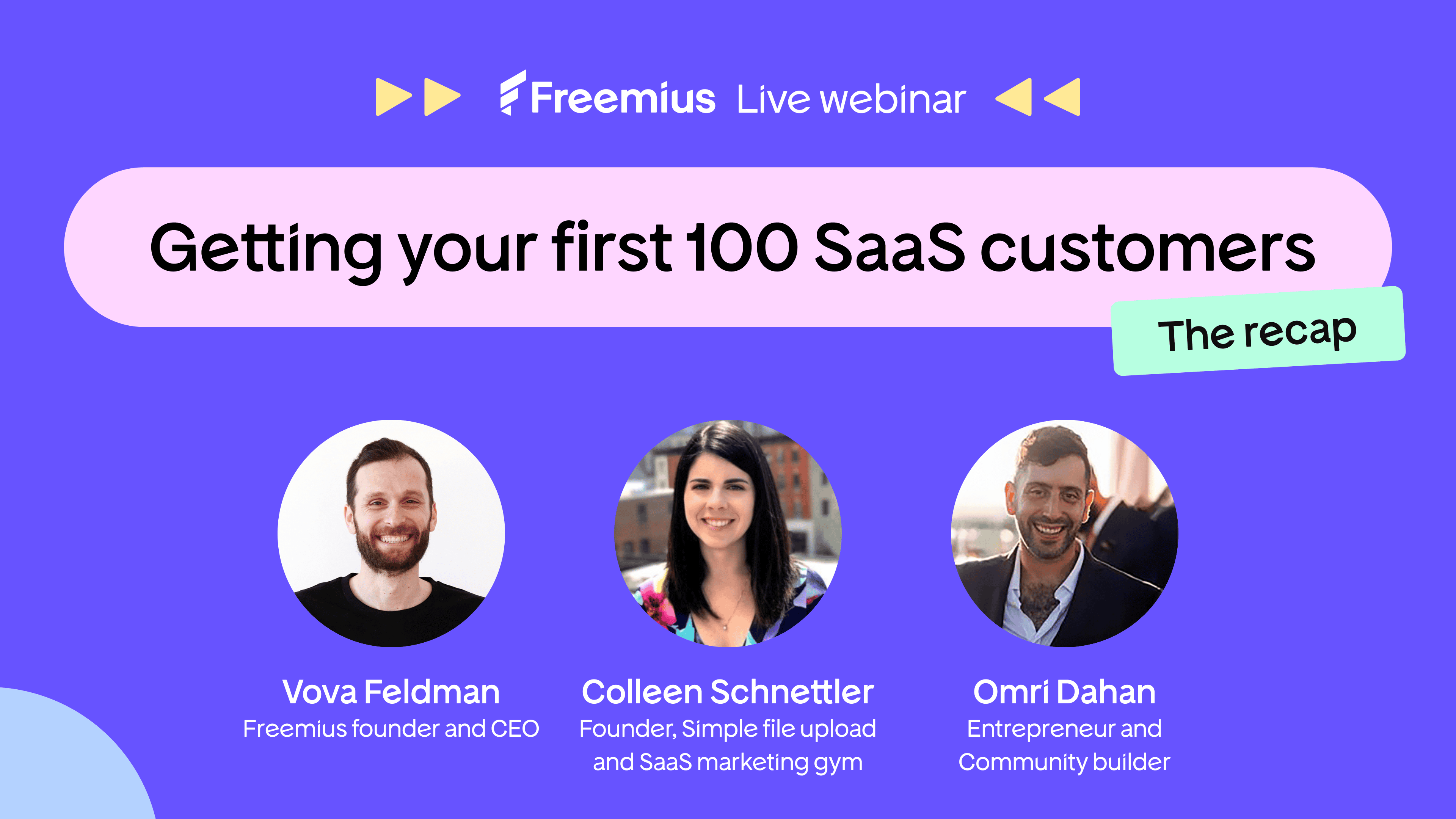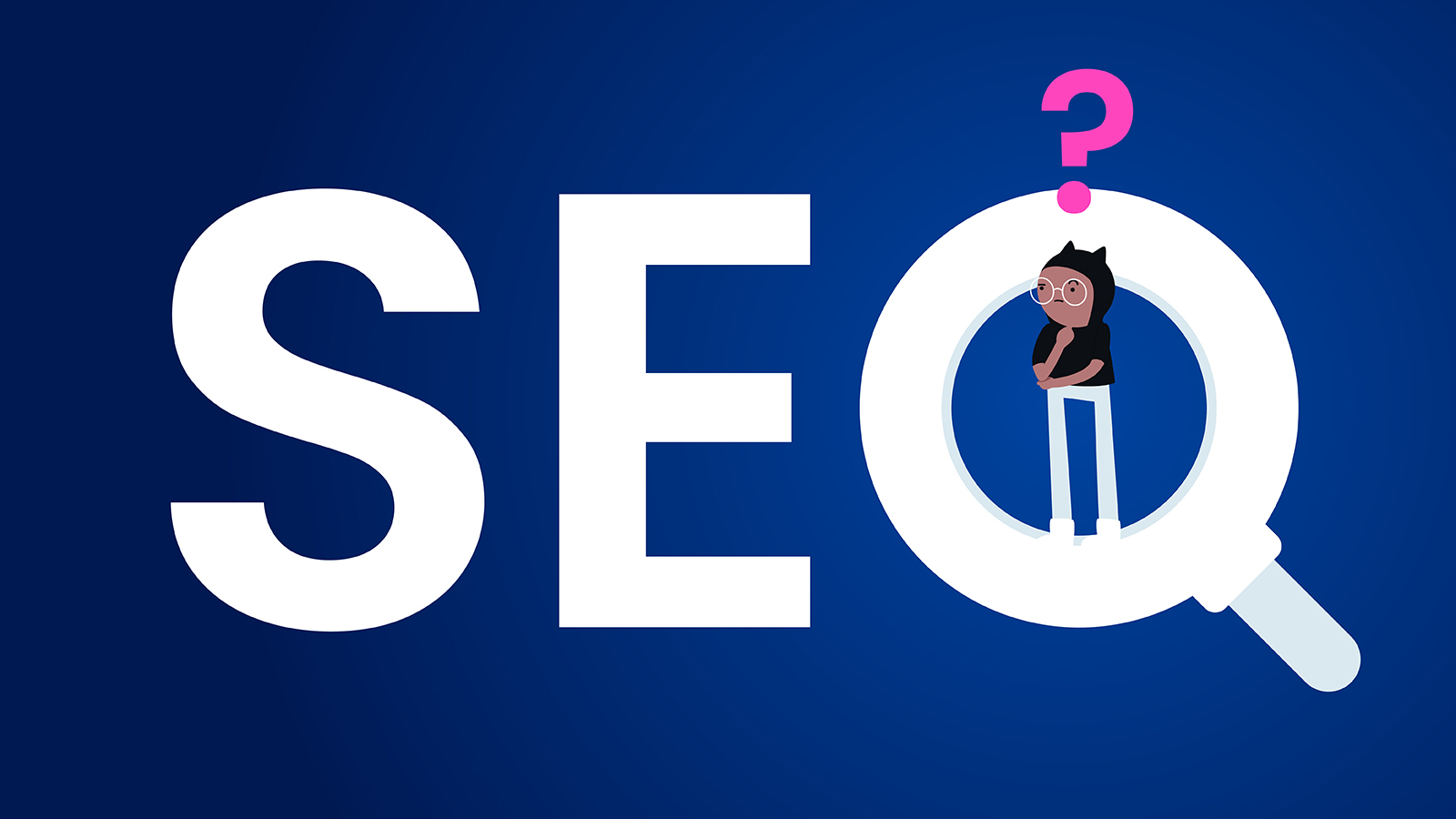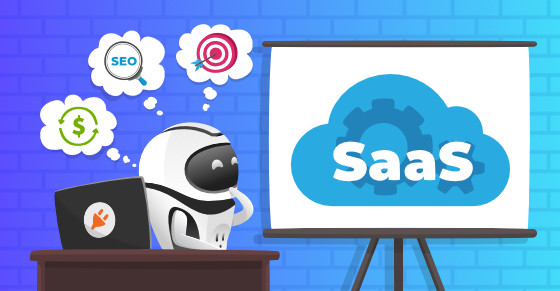|
|
How are you supposed to keep the lights on when just 1.74% of new pages break into Google’s Top 10 within a year?
Worse still, the few that do are typically 3+ years old.
When you’re bootstrapping a SaaS, the clock is always ticking. Rent’s due, bills pile up, and you’re thinking: How do I get this in front of buyers and will they actually pay?
Though SEO still has its place, you need traction long before Google notices you, and that starts with your first 10 customers. They are proof that your idea can stand on its own and they rarely come from search traffic.
In this guide, we’ll break down the five alternative SaaS acquisition channels you can start testing this week — plus how Freemius helps you double down on what works without the setup stress or compliance headaches.
You Can’t SEO Your Way to Survival
SEO is a long-term bet.
Google rewards age, authority, and citations (the 2025 version of backlinks) — things you earn slowly, not while you’re still figuring out pricing or fixing bugs at 2 a.m.
Instead of trying to “rank,” focus on finding conversations where your audience already gathers:
- Reddit threads (e.g., r/SaaS or r/microSaaS)
- Slack groups (e.g., SaaSiest or Growmance)
- Marketplaces like AppSumo
- Micro-creator circles on platforms like Indie Hackers
These are the real discovery engines for early SaaS growth, and they’re faster, cheaper, and infinitely more human.
Let’s look at how to make those channels work for you.
Acquisition Channels That Fast Track Early Growth for SaaS Makers
If SEO’s the slow lane, these channels are your expressway.
Reddit & Forums
Massive Q&A engines where trust is the currency. You win by being genuinely helpful, not promotional.
Reddit and niche forums are full of people describing real pain points in real time. For early SaaS founders, that’s gold. You can meet potential users where they already hang out, without spending a cent.
Take Vitaly Yagodkin, founder of PhotoGov, an AI-powered tool that automatically generates compliant ID and visa photos from any regular picture. He got his first 100 paying customers in 30 days by posting solutions:
“The ‘provide a solution, not a product’ approach worked best. We looked for threads like ‘Where can I quickly take a photo for my X visa?’ and replied with a clear answer and a link to our tool.”
Their first post on r/travel drove 60 new registrations in one week with a 12% conversion rate, while general ads barely hit 4%. Posts that screamed “check out my product” were banned or ignored.
Participate like a regular member. Add value first. The feedback you’ll get is brutally honest but incredibly useful. — Vitaly Yagodkin
Once you’ve earned credibility, try hosting an AMA (Ask Me Anything). As long as you follow each community’s rules, it’s one of the few ways to talk openly about your product while still providing value.

Discord & Slack Communities
Front-row seats to your users. Keep it small, stay present, and treat early members like collaborators, not audiences.
Community-led growth works because it shrinks the distance between you and your users. Slack and Discord give founders a direct line to real people who can test, critique, and shape your product as you build, accelerating validation and adoption.
The Build•Ship•Grow Slack community runs on that principle. It’s a space for indie hackers and small teams to share progress and feedback. In our recent webinar on getting your first 100 micro-SaaS customers, co-leader Omri Dahan put it simply:
“Build a micro community around your niche — five to ten people is enough. Use your existing network, LinkedIn, or newsletter to find them. Talk to them regularly, listen closely, and treat them like partners helping you shape the product. When you do that, they’ll stay invested and become your first advocates.”
This mindset mirrors how Freemius approaches community-building. Founder Vova Feldman launched the Freemius Slack early, not as a marketing tactic, but as a way to stay close to developers. Today, it’s grown to 1,800+ members, where makers share pricing insights, swap ideas, and collaborate on growth challenges.

Integration Directories & Marketplaces
Distribution channels that live inside the platforms your users already use. Success comes from solving visible problems fast and optimizing your listing like your storefront.
Marketplaces like the Slack App Directory, Atlassian Marketplace, and CodeCanyon or WooCommerce can help you skip the cold-start problem. Instead of chasing traffic, you’re showing up where users already have intent, which means faster validation and earlier sales.
For example, Snir Alayof, founder of several micro apps for the monday.com Marketplace, turned user conversations into a $30k+ MRR portfolio in under a year.
We validated ideas by listening to what users were asking for in Facebook groups and monday.com forums. When we saw a recurring need, we built a simple MVP in two weeks and launched it to those same audiences. Then we optimized the listing, used the right keywords, and asked every happy user for a review. That early feedback loop made all the difference. — Snir Alayof
If you’re thinking of adding your product to a marketplace, treat your listing like your storefront:
- Lead with benefits, not features.
For example, instead of “Automated email sequencing software,” try “Turn every signup into a paying customer with automated follow-ups.” - Use the exact keywords your audience searches for.
Study top listings to spot the language customers already use (e.g., “Zapier integration for analytics” instead of “data automation bridge.”) - Add a short video or GIF that shows the product in action.
A 15–30 second clip of a real workflow. For example, if your SaaS auto-generates reports, show a user clicking once and seeing a clean report appear.
Once people start finding you, keep them interested. Refresh visuals and copy as your product evolves, reply quickly to reviews and support messages, and mine those interactions for roadmap insights.
Support was our biggest growth engine. We added a simple chat in the app and I handled it myself. Patterns from those conversations told us exactly what to build next. — Snir Alayof
Users who install one product in a marketplace often browse for complementary ones, so when you launch new tools, link them across listings with shared visuals, keywords, and a short note like “Pair with [App name]”.
A “More from this developer” section or links to related products can also turn each listing into a traffic source for the others and lift overall discovery.
| A few things to watch for:
Marketplaces are great for visibility and early traction, but due to high competition, it’s easy to get buried under better-optimized listings. Some platforms also take large cuts or limit how much control you have over customer relationships. That’s why it’s best to treat marketplaces as a launchpad, then branch into your own channels once you’ve proven demand. |
Partnerships & Affiliate Programs
Accelerate growth through established credibility. You win by partnering with makers who have already built trust with your audience, giving them fair, easy ways to share your product.
Creators, agencies, and niche communities already have what early-stage founders don’t (yet): credibility. Their followers or clients trust them, engage meaningfully, and act on authentic recommendations. For a new SaaS, that relationship-driven trust can kick-start traction almost overnight.
When Tim Bennetto rebranded his Instagram analytics app into Pallyy, a social media scheduling SaaS for agencies, he launched an affiliate program for creators and agencies managing multiple client accounts.
By giving partners generous commissions, ready-to-share assets, and a product they genuinely loved using, Tim turned those relationships into a high-trust distribution channel. The affiliates weren’t selling — they were sharing a tool that solved their daily pain points.
Within a year, that network helped Pallyy grow 10x and reach $85k in monthly recurring revenue.
On our plugin.fm podcast, Ferdy Korpershoek shared a few practical tips from a creator’s perspective on building successful affiliate partnerships:
Before you reach out, make sure your product aligns and actually delivers value — no creator wants to recommend something that disappoints their audience. Look for creators whose content already overlaps with your market. They’re usually more approachable and genuinely excited to try new tools. — Fredy Korpershoek
Partnerships work best when they’re transparent, aligned, and rewarding for both sides:
- Curate who joins: Invite partners already serving your target audience, not random applicants chasing links.
- Make incentives clear: Offer recurring commissions (20%–30% is common for SaaS) and always pay on time.
- Equip affiliates: Provide visuals, short demos, and key talking points to make promotion easy.
- Track and credit fairly: Use unique links or coupon codes, so referrals count even without cookies.
- Stay compliant: Remind partners to disclose affiliate relationships transparently.
With Freemius, affiliate setup takes minutes and you don’t need custom integrations or scripts. Just activate the affiliate feature, define commission rules, and let partners join through their own portal. From there, you can manage tracking, payouts, and performance in one dashboard.
Freemius doesn’t just make affiliate management easier — it extends what these early partnerships start, turning genuine trust into a scalable, repeatable growth loop.
Building in Public
Let people see the work (and the person) behind the product. You win by sharing progress honestly, inviting feedback, and letting people feel part of the story.
Building in public is an act of vulnerability — you open yourself up to being seen, supported, and sometimes challenged. In return, you earn something powerful: users who don’t just buy your product, but genuinely believe in your journey. For early-stage SaaS founders, it’s one of the easiest, most authentic ways to grow awareness and credibility.
James Potter, founder of Rephonic, built much of his SaaS’s traction by openly sharing his journey on X (Twitter).
“My best posts aren’t polished success stories. They’re about what I’m building right now. Feature launches, technical lessons, and even mistakes get far more engagement than promo content. People can tell when you’re genuinely sharing versus when you’re selling.”
James learned that what resonates most is process over polish:
“Show the real work: the wins, the fixes, and the thinking behind your decisions. Skip the scheduled posts. Be honest, be human, and let people see the journey.”
✅ Added a ‘People’ tab to Rephonic with lots of new info about the hosts and guests of a podcast.
For each guest:
– The focus of their appearance (e.g. to flog their new book)
– Why they are relevant to this show
– Industry and affiliation
– Contact info (if they mentioned it)… pic.twitter.com/3wPCWkMtR8— James Potter (rephonic.com) (@jamespotterdev) January 8, 2025
To make it work for you:
- Start early: Share your progress from day one (even if it’s messy).
- Focus on dialogue: Ask for feedback and reply to comments.
For example, post a quick poll about pricing or ask followers how they’d name a new feature — you’ll spark useful feedback and visibility. - Show, don’t pitch: Talk about what you’re doing, not what you’re selling.
Instead of pushing signups, share lessons from a failed experiment or a small UX tweak that boosted conversions. - Stay consistent, but real: Post when you have something genuine to share, not just to hit a quota.
- Adapt as you grow: The bigger your following, the more selective you can be about what to reveal.
Done right, building in public turns your SaaS into a shared journey. People don’t just see your progress — they feel invested in it. That kind of connection is priceless in the early days, when every conversation and every bit of feedback counts.
You know where your audience lives — time to go meet them.
Action Plan: First 10 Customers in 30 Days
In the first month, every conversation is research, every trial is a test, and every “yes” tells you what to double down on.
Week 1: Go where your users already hang out
Pick 2–3 communities (a Slack group, subreddit, or niche forum) and become part of the conversation.
Explore smaller, high-signal spaces like Small Bets for indie founders testing ideas, SaaS Club if you’re building analytics or AI tools, or Launch Awesome if you’re preparing for release and want feedback from other makers.
Listen, answer questions, and note the exact words people use to describe their problems. Those words will later become the backbone of your copy and positioning.
| Tip: Bookmark high-performing threads — they’re ready-made user research gold. |
Week 2: Partner with trusted voices
Find creators, newsletter writers, or micro-agencies who already talk to your ideal customers.
Offer them early access, and set up an affiliate program so they earn when their audience converts. This turns their established credibility into a measurable acquisition channel and gives you social proof early.
| Tip: Start with creators who already use (or would genuinely benefit from) your product. |
Week 3: Build in public and be discoverable
Start sharing your journey on X or LinkedIn — not as marketing, but as a founder journal.
Post your small wins, mistakes, and lessons from early customers. If your product integrates with another platform, list it in the relevant marketplace (Slack, WordPress, Atlassian, etc.) for instant visibility.
| Tip: The combo of visibility + honesty beats any “launch announcement.” |
Week 4: Turn feedback into proof
Now that you have real interest, use every message, support ticket, and DM as input for your feedback loop.
Listen → Fix → Follow up.
When users see their ideas shaping the product, they stick around and tell others. And when someone’s genuinely happy, ask for a short review, tweet, or testimonial you can repurpose.
| Tip: Screenshot and save every piece of praise or useful feedback. These become testimonials, feature ideas, and validation for your next launch. |
How Freemius Fits Into the Picture
Freemius gives indie SaaS founders the growth infrastructure to scale fast, so you can focus on conversations, not configurations.
Every tactic we’ve covered works better when the backend runs itself:
- Affiliate management: Turn your happiest users, partners, or creators into affiliates in minutes. Freemius tracks referrals, manages payouts, and lets you issue custom coupon codes without juggling spreadsheets or plugins.
- Rapid onboarding: Set up subscriptions and software licensing without custom code or third-party hacks. New customers can start free trials, upgrade, or renew seamlessly.
- Built-in marketing automation: Recover lost checkouts with cart abandonment recovery, drive upgrades through upsells, and bundle products to boost lifetime value without wiring together separate tools.
Ready to Find Your First 10 Customers?
You don’t need a massive audience or perfect funnel — just consistent action in the right places. If you show up regularly, channels like communities, partnerships, affiliates, and building in public can bring customers within weeks.
These channels move fast because they fuel each other. Building in public gives communities and partners something authentic to talk about. Those conversations lead to referrals and affiliate deals, and every new customer becomes a story, testimonial, or example you can take back into those same channels.
It’s a faster, self-sustaining loop of visibility and trust that turns early traction into lasting growth.
While you focus on talking to users and shipping, we keep everything else running, so you can spend less time wiring tools together, and more time building something people will pay for.
Try Freemius and start turning early traction into steady revenue.
